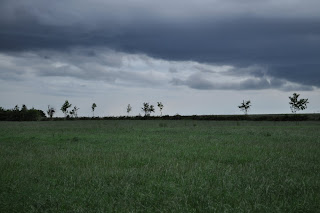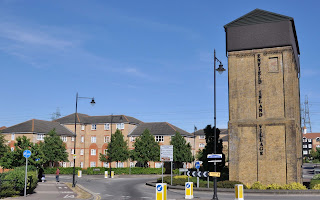This had to be the most challenging project so far. I went to Old Spitalfields Market in London on a busy Thursday afternoon to take these pictures. Thursday is antique day at the market and I was hoping to find some interesting subjects to capture.
I travelled to Liverpool Street station to get to Spitalfields.
When you come out of the station there is a sign directing you to the market.
One of the main entrances to the market leading staraight to the antiques.
I liked the pattern and writing on the gate so I moved in to get a close up.
Above the gate you can see the Old Spitalfields Market sign in the brick work.
First thoughts on entering the market - wow this is big!
I zoomed in for a close up of the stalls...
And for a trader in action...
And a buyer at the antique metal stall, although she doesn't look too happy. And she looks like she's just put something in her pocket.
Moving on, I came across this car outside the shop Traffic People.
The antiques were a little disappointing to be honest. However, this mannequin caught my eye. Not sure how much a naked life size doll goes for these days!
After the antiques, I move into the clothes market which is on most days.
Lots of clothes!
And leather bags.
Some of the traders don't seem to be too busy.
And there are still some stalls left to rent.
I get a close up of the hats for sale.
And shoes. The sun is shinning through the glass roof and I like the light in this shot.
Hats for the gentlemen... and also my favourite shot.
I think it is a bit late coming across the Spitalfields guides and map now.
One of the many places to eat. This one is a little off the beaten track so away from the hustle and bustle of the market.
This boutique displays its summer dresses.
The mat shop. The vast array of colours drew me in.
The florist tending to her plants. It was nice to see some greenery after all those clothes!
I saw this old coffee shop/restaurant off one of the side streets and had to get a shot.
And a close up of those baskets.
Getting there is easy with a Boris bike.
The exit or another entrance on Bishopsgate.
Lessons leaned:
This exercise made me think more objectively about the pictures I take.
Taking a shot from the moment you catch sight of a possible subject helps you get the shot that is just right. I found that I saw more the more I shot.
It is not as easy as I initially thought to take pictures of people that you don't know. Some were very hostile indeed.

















































